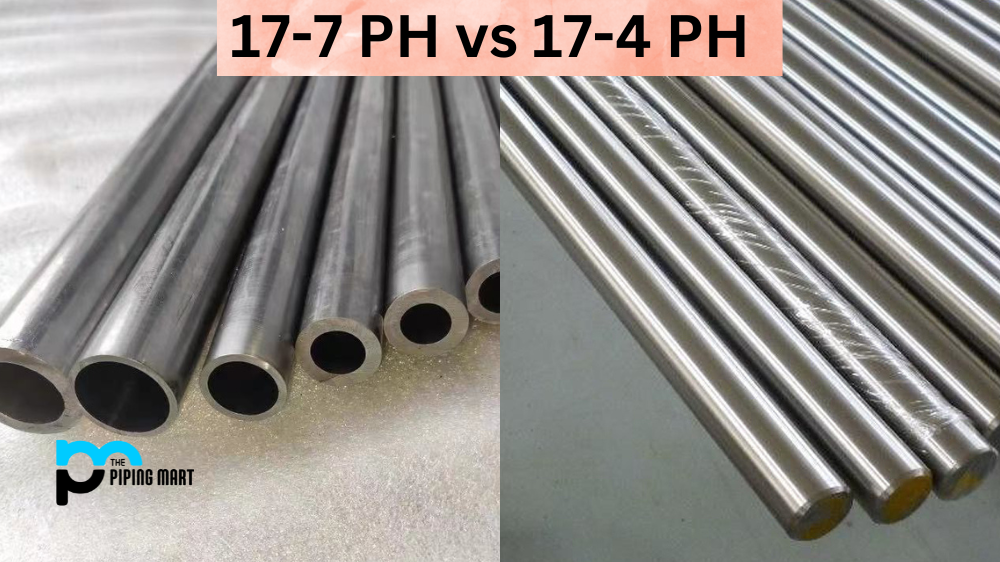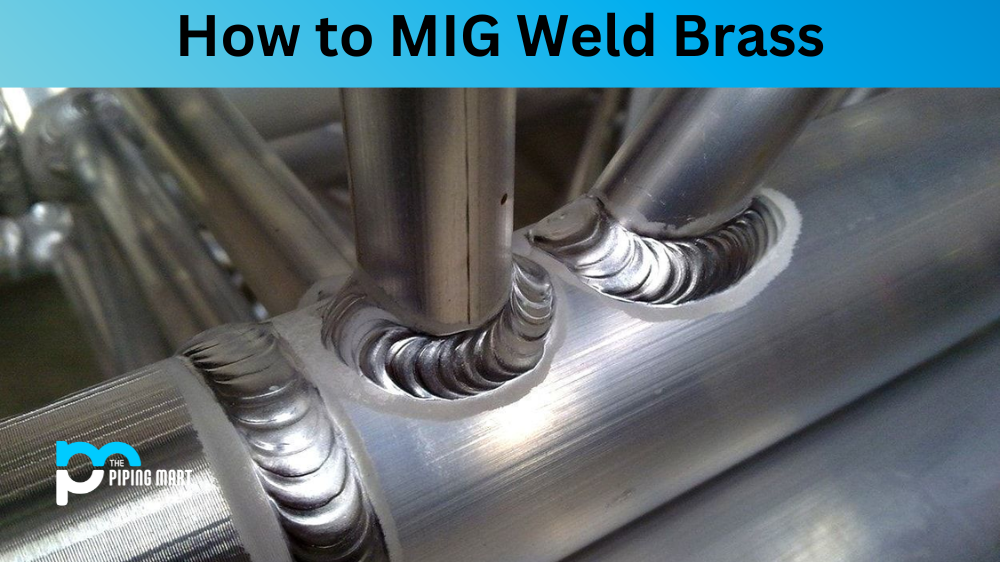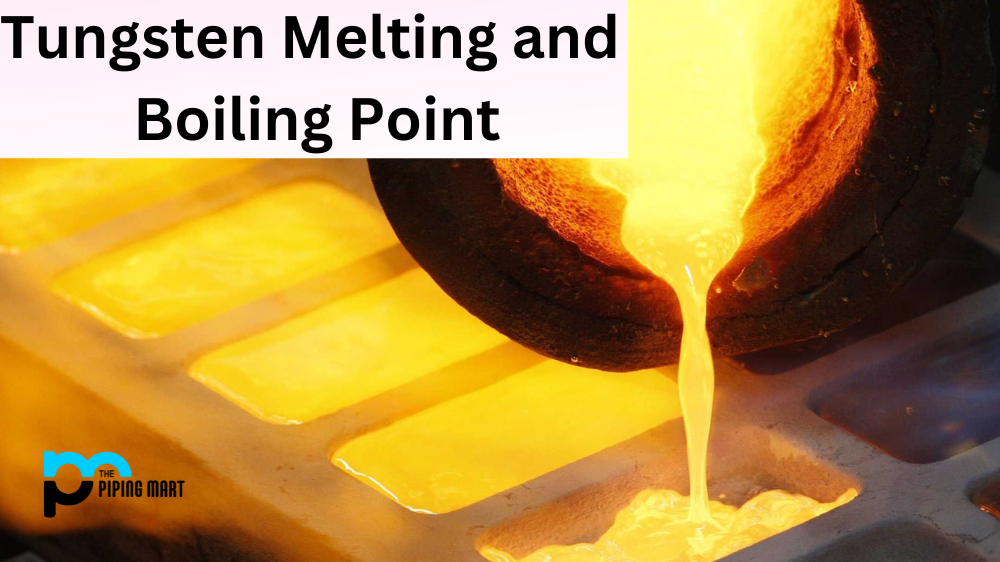Stainless steel is one of the most versatile and widely used materials in various industries today. From aerospace to biomedical applications, stainless steel has gained enormous popularity due to its high strength, excellent resistance to corrosion, and durability. However, choosing the right stainless steel grade for specific applications can be daunting. In this blog post, we’ll look closer at two high-performance stainless steel grades, 17-7 PH and 17-4 PH, and compare their key properties.
Difference Between 17-7 PH and 17-4 PH Stainless Steel
Composition
17-7 PH and 17-4 PH may look similar, but their composition significantly differs. 17-7 PH is a precipitation-hardening stainless steel grade that contains 17% chromium, 7% nickel, and 1% aluminium. On the other hand, 17-4 PH is a martensitic stainless steel grade that contains 17% chromium, 4% nickel, and 4% copper. Adding aluminium at 17-7 PH makes it more corrosion-resistant and improves its strength compared to 17-4 PH.
Strength and Toughness
Both 17-7 PH and 17-4 PH are high-strength stainless steel grades, but they have different characteristics regarding toughness. 17-4 PH is a hard, brittle material prone to cracking and fracturing, especially under high-stress conditions. In contrast, 17-7 PH exhibits higher toughness and better resistance to stress corrosion cracking. It can also be easily formed and shaped into complex geometries.
Heat Treatment
Both 17-7 PH and 17-4 PH can be heat treated to improve their properties. 17-4 PH can be hardened by a simple ageing process, which involves heating the material at a specific temperature for a specific time, followed by cooling. This process improves the strength and hardness of the material, but it can also reduce its toughness. 17-7 PH, on the other hand, requires a more complex heat treatment process, which involves a series of cold-working, annealing, and ageing steps. This process can significantly improve the material’s strength, ductility, and fatigue resistance.
Applications
Due to their high strength and excellent corrosion resistance, 17-7 PH and 17-4 PH find applications across various industries. 17-7 PH is commonly used in aerospace and nuclear industries, where high toughness and fatigue resistance are essential. It is also used in orthopaedic implants due to its biocompatibility and resistance to corrosion. 17-4 PH finds applications in industries like defence, marine, and oil and gas, where its high strength, hardness, and corrosion resistance are crucial.
Cost
Finally, cost is crucial in choosing the right material for specific applications. 17-7 PH can be more expensive than 17-4 PH due to the complex heat treatment process it requires. However, the cost difference may be negligible, considering the improved properties and performance of 17-7 PH.
Conclusion
In conclusion, selecting the right stainless steel grade for specific applications requires an in-depth understanding of their properties, characteristics, and cost. 17-7 PH and 17-4 PH are high-performance stainless steel with excellent corrosion resistance and strength. However, depending on the specific application requirements, one grade may outperform the other regarding toughness, heat treatment, and cost. By understanding the differences between these grades, you can make an informed decision and choose the right one for your application.

Abhishek is a seasoned blogger and industry expert, sharing his insights and knowledge on various topics. With his research, Abhishek offers valuable insights and tips for professionals and enthusiasts. Follow him for expert advice on the latest trends and developments in the metal industry.




